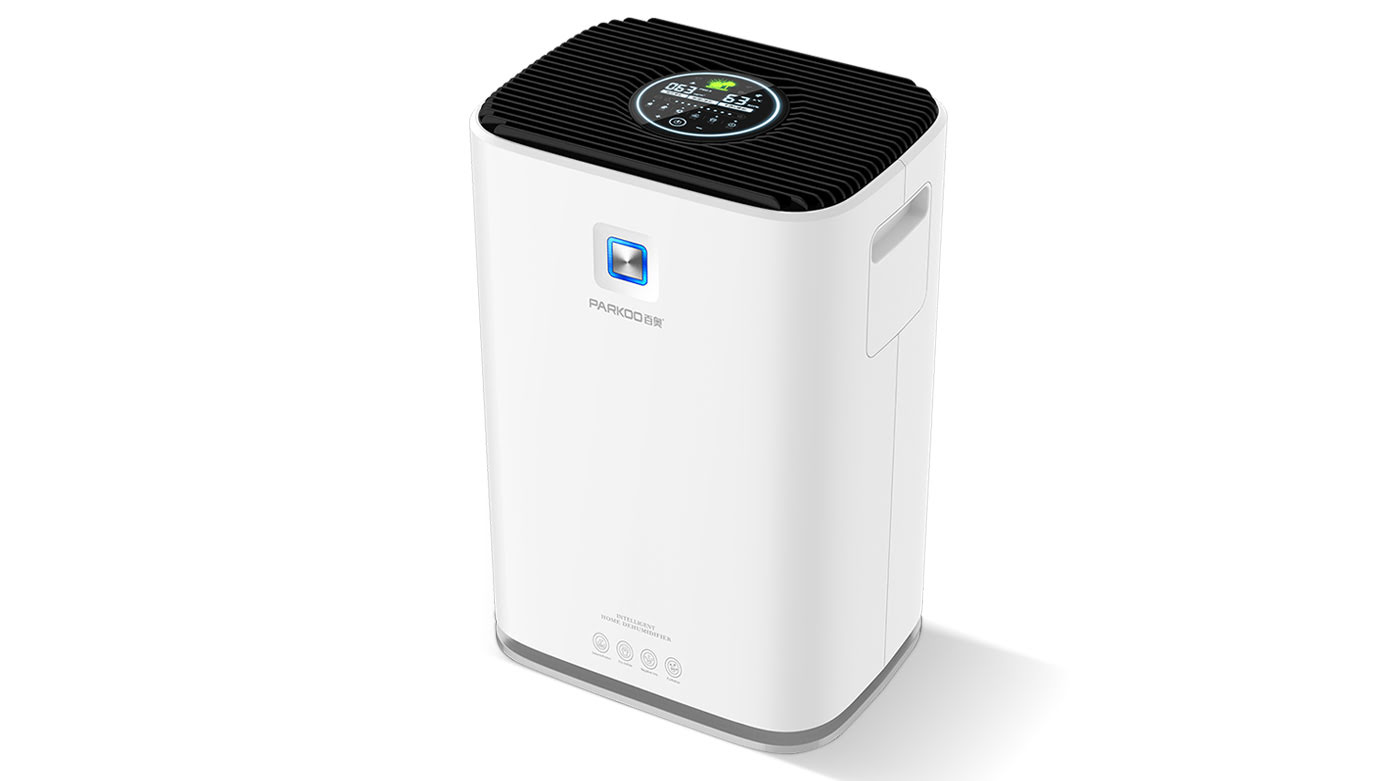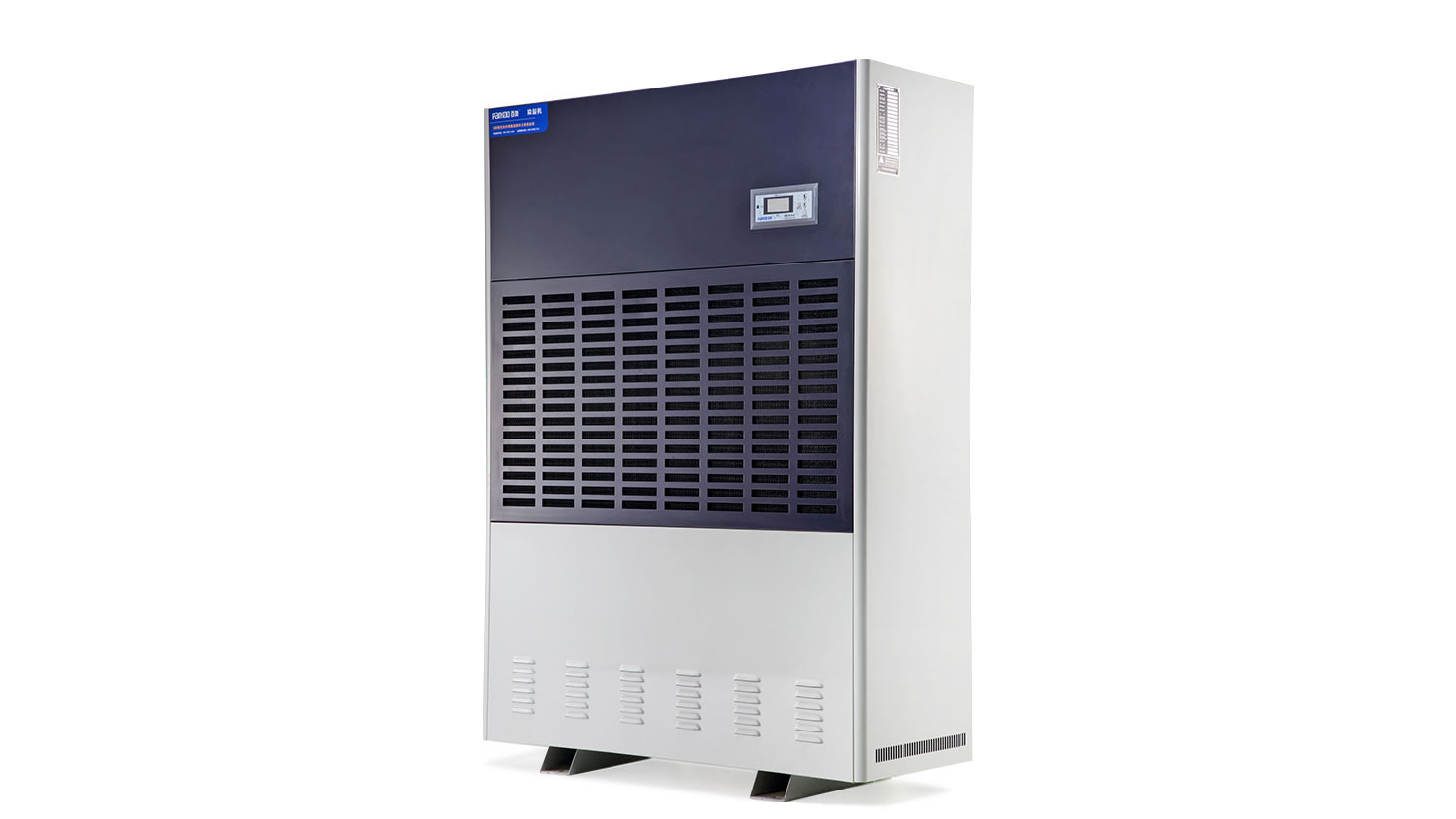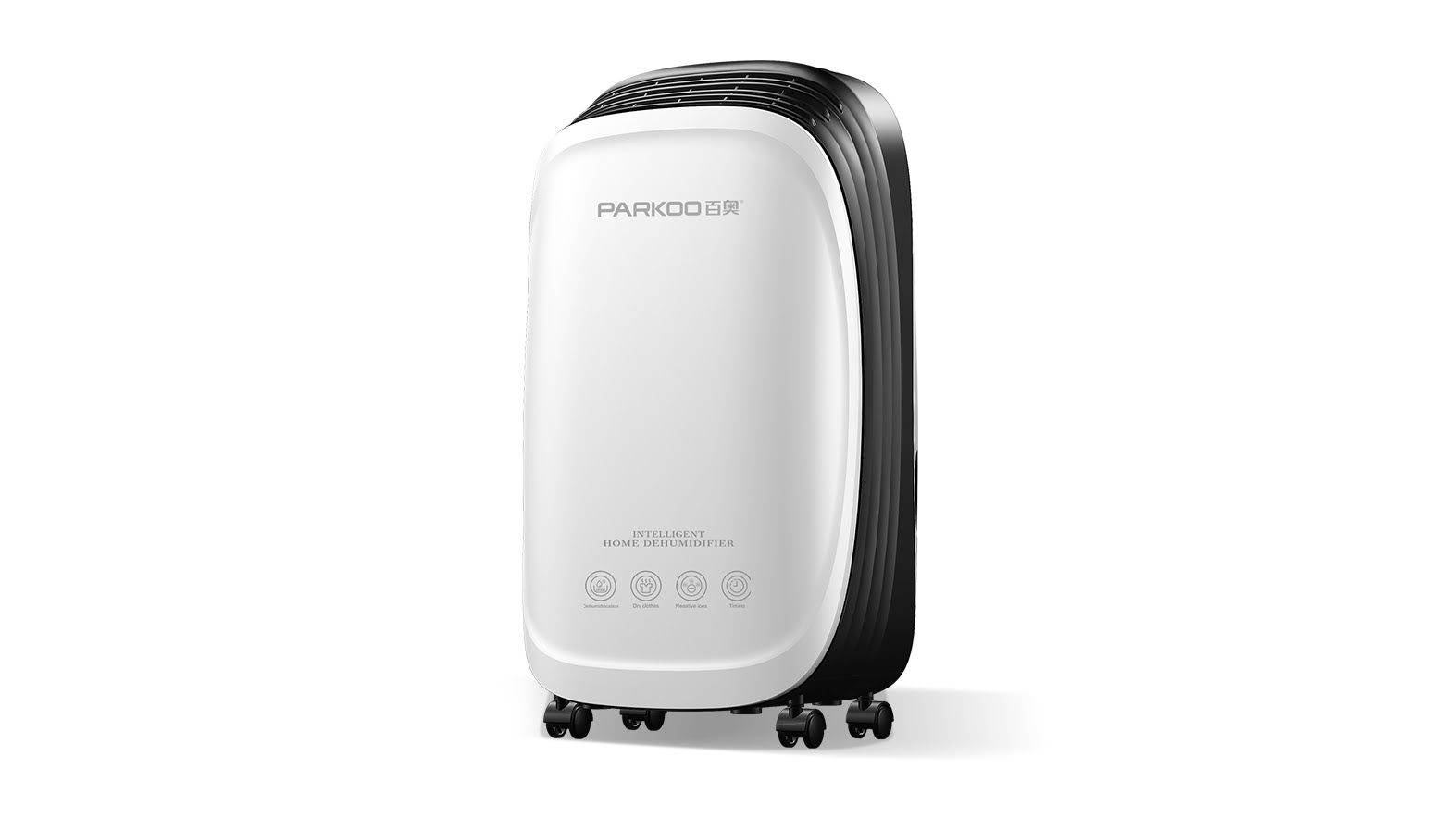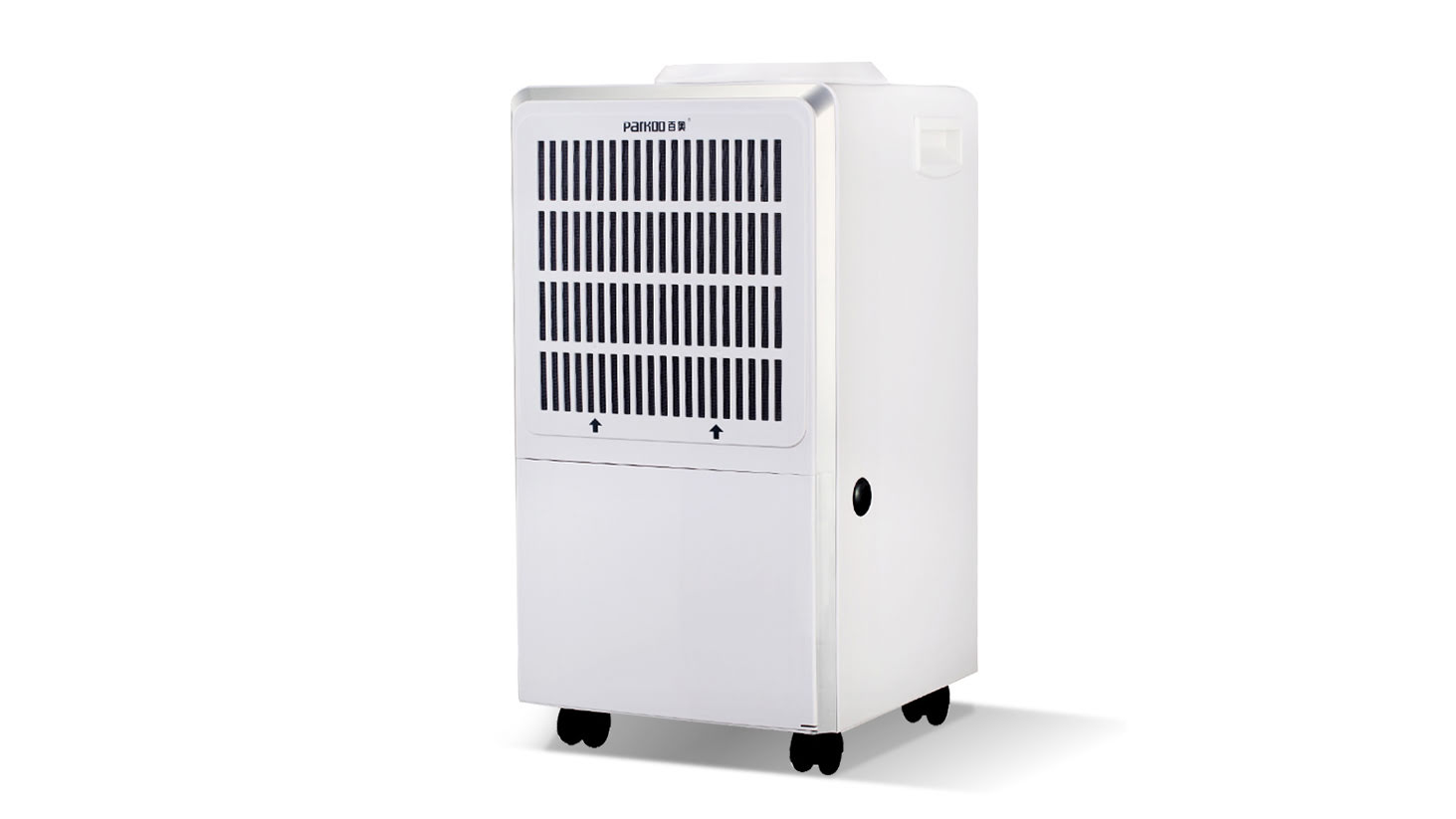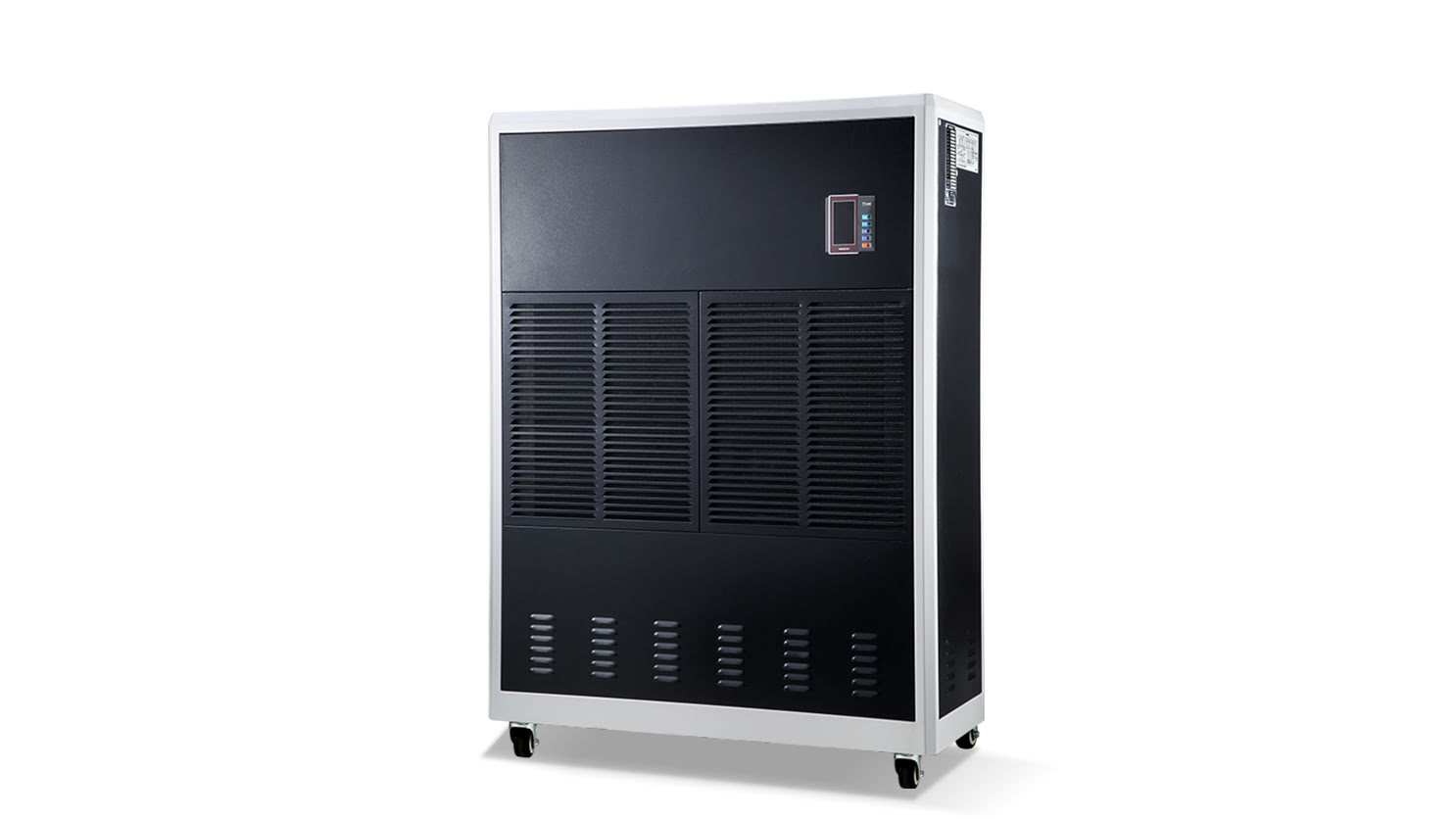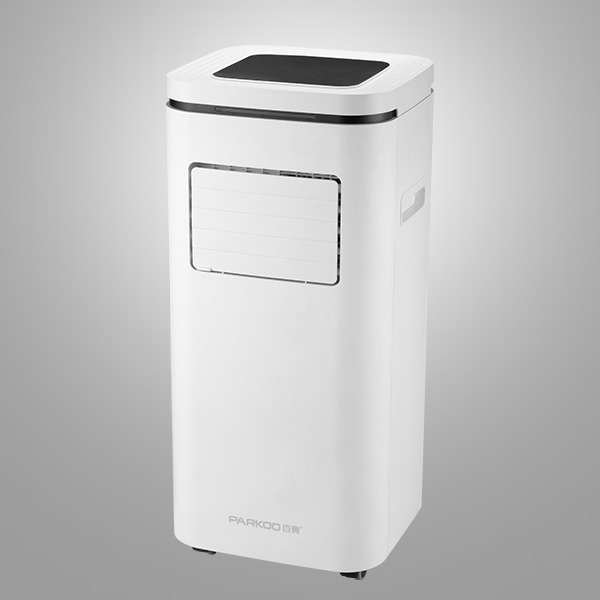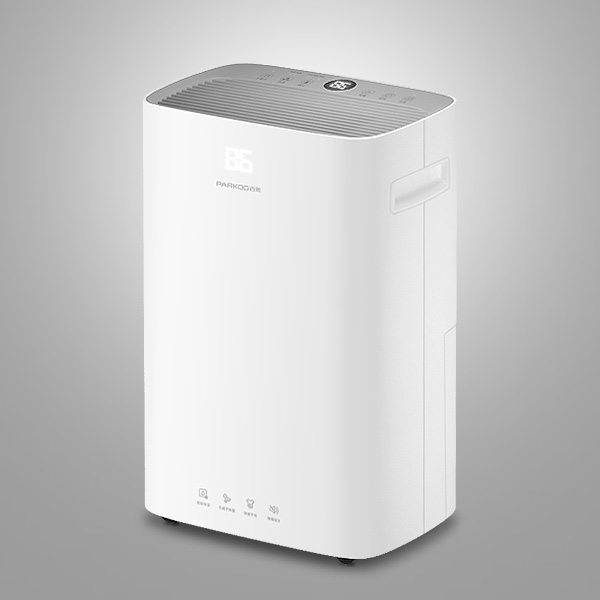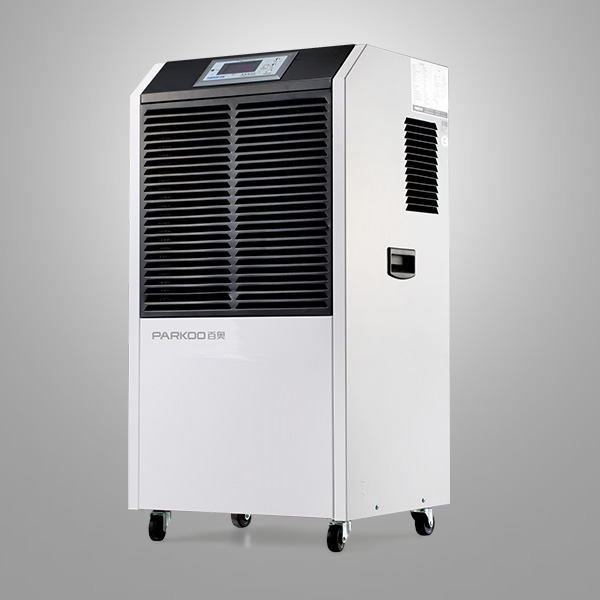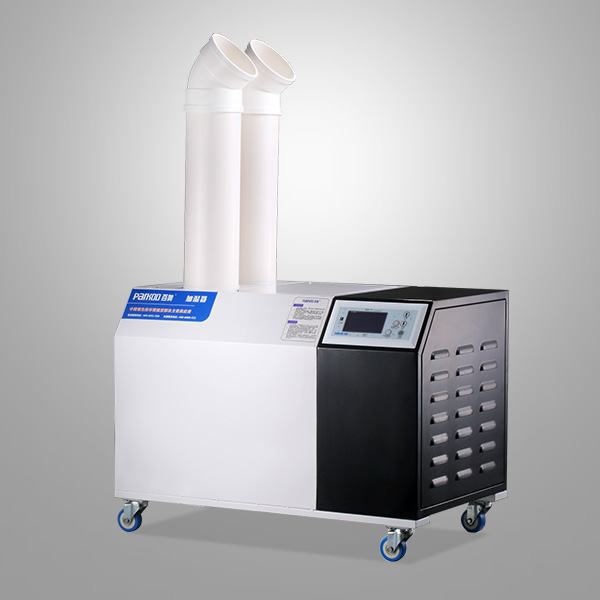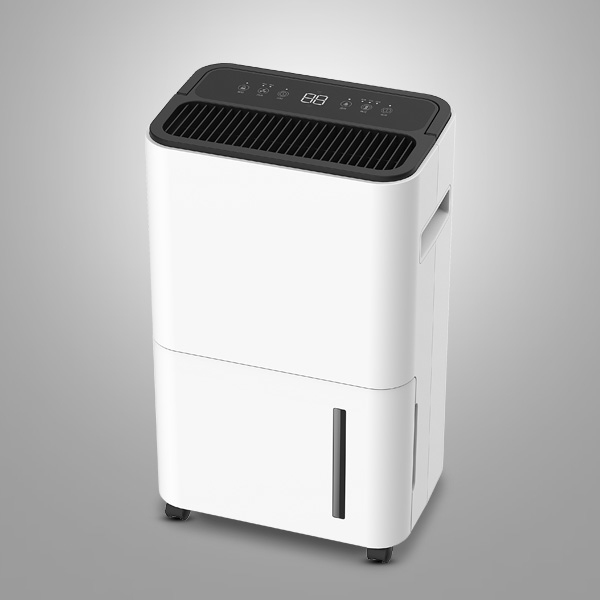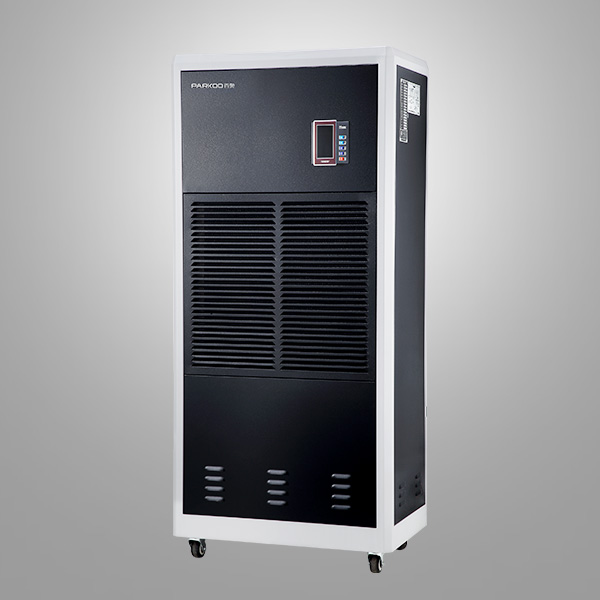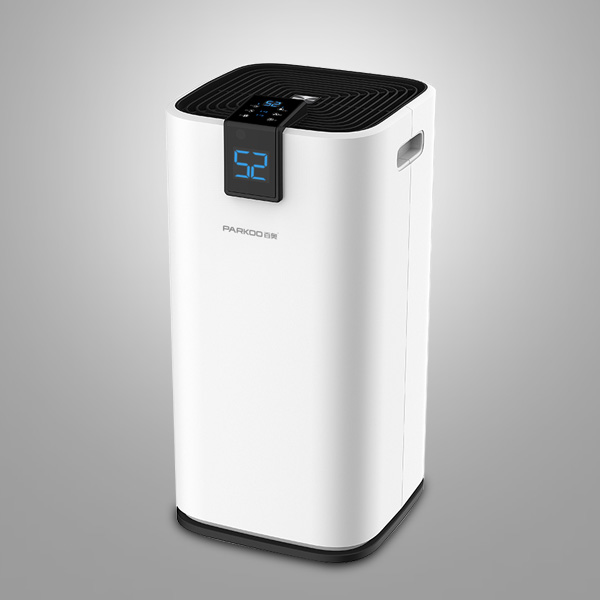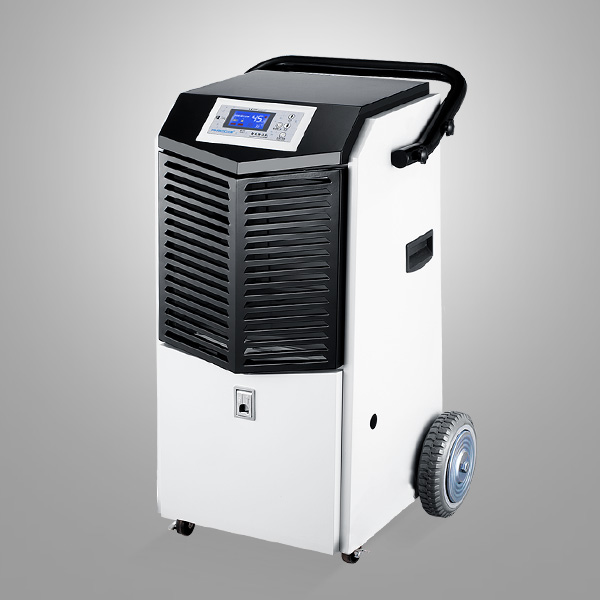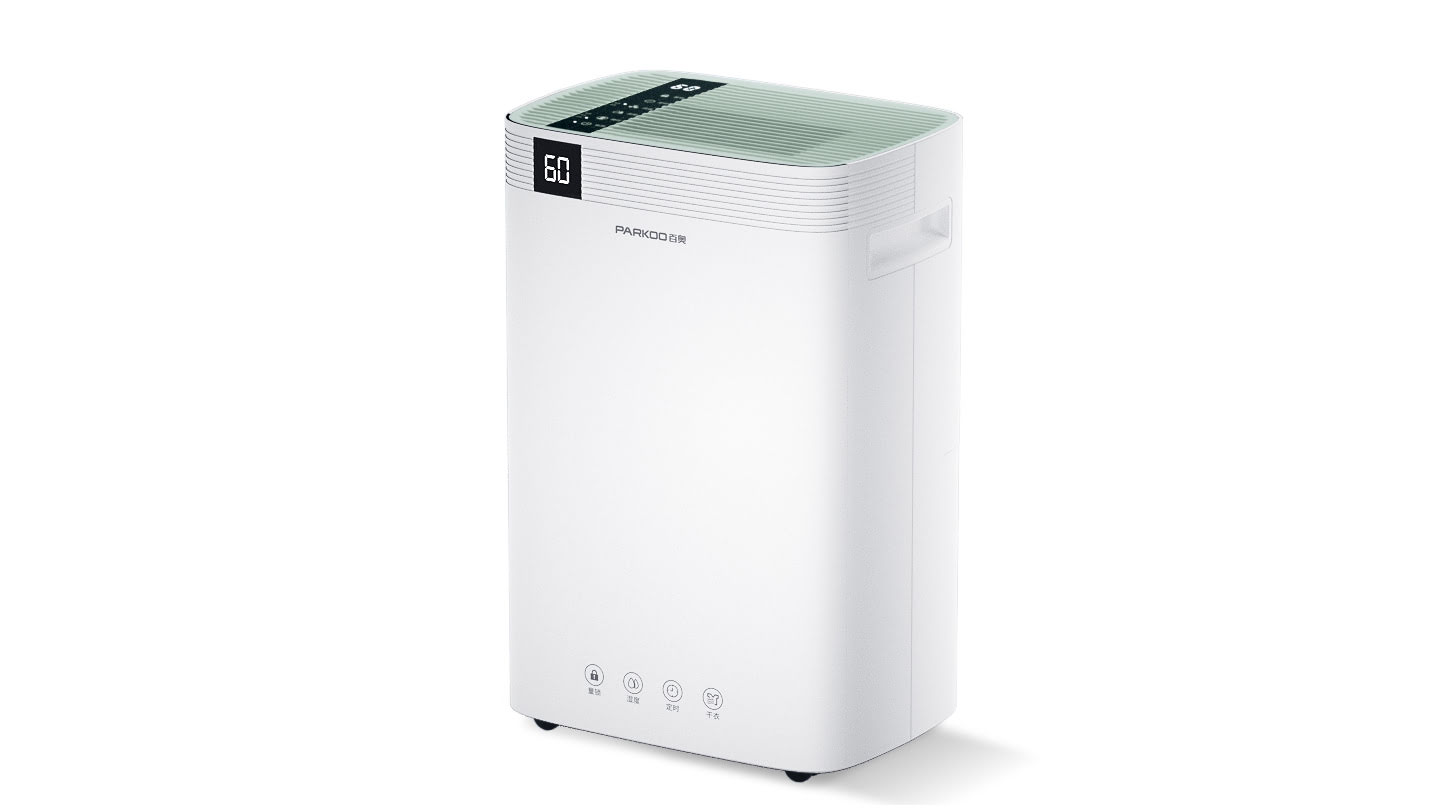HuMidity plays a vital role when aging and storing Wine. The humidity level of the space where the wine is stored is Maintained at 50% to 70% relative humidity, with 60% RH being Ideal. Humidity levels above 70% RH can lead to mold and glue decomposition. Levels below 50% RH can Cause cork breakage, which can lead to evaporation and a loss of wine Quality. In other words, proper humidity levels are an Important paRT of a climate-controlled space.
The best way to address humidity issues from the start is to Construct a sealed wine Cooling Environment. after designing a climate-contRolled space, it needs to be equipped with an associated deHumidification system, and a common and efficient way to do this is to have a dehumidifier for Commercial and Industrial use. When selecting a dehumidifier, in addition to the size and humidity level of the wine storage space, another factor to consider when choosing a machine is how often the space will be used. Each time the door to the wine room is opened, the ambient conditions in the Cellar are disturbed. PARKOO's commercial dehumidifiers, can efficiently control the ambient humidity in the wine cellar. Sensors and controllers monitor and display the humidity level (and temperature) in the wine storage space, Precisely controlling it at a scientifically defined value, stopping high humidity from damaging the environment, and stopping the Growth of bacteria and molds for brewing better tasting wines.

